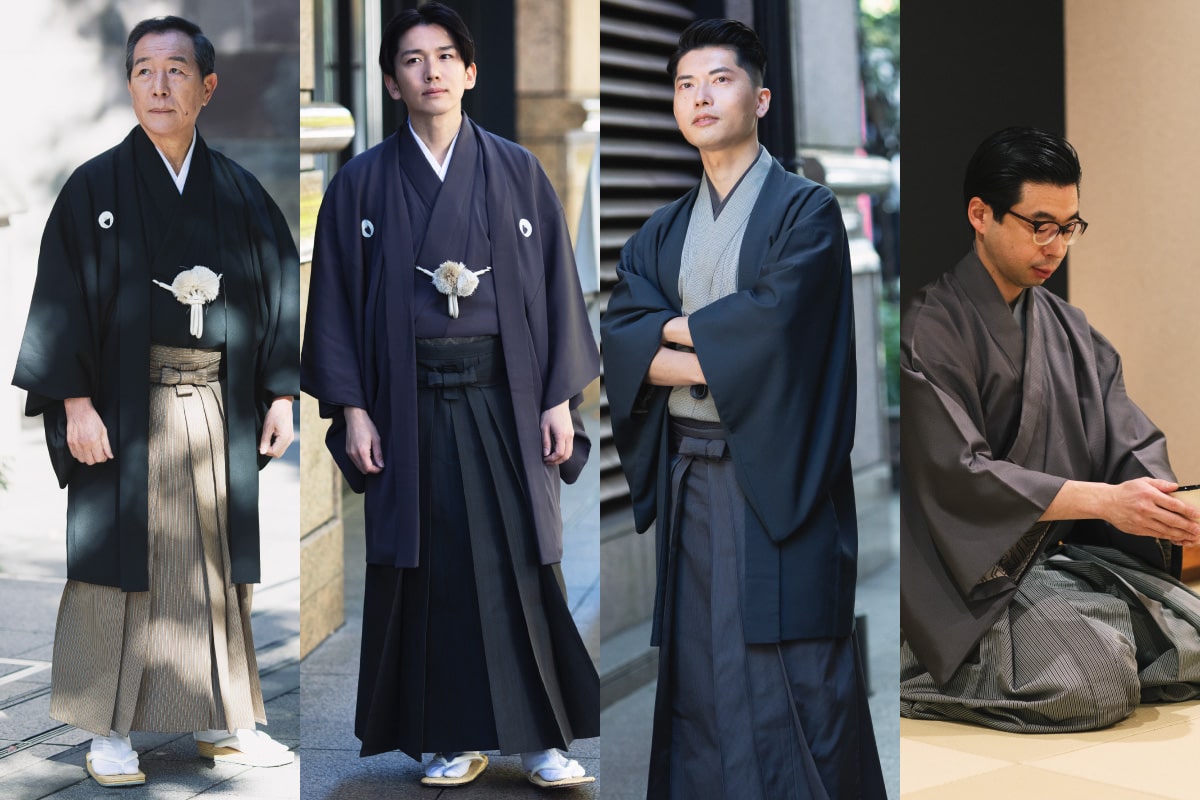From family weddings to casual tea ceremonies.
When it comes to celebrating weddings, parties, and milestones, what is the appropriate kimono to choose?
Formal or ceremonial attire, not only refers to wearing formal clothing but also represents the expression of respect and gratitude. By changing one's attire, it conveys respect for the celebrated person or event.
Additionally, preparing and dressing up in clothing one doesn’t usually wear serves as a reminder that it is no ordinary occasion.
Japanese culture has long maintained a distinction between the realms of formality and informality through attire. This cultural aspect is deeply rooted in the Japanese society.
On this page, we will provide a clear explanation of formal and semi-formal attire, specifically for those occasions when one is invited to a formal gathering.
・Kuro-Montsuki (Formal)
・Iro-Montsuki (Formal)
・Ryakureiso (Semi-Formal Attire)
・Chaseki-no-Yosooi (Tea Ceremony Attire)
Kuro-Montsuki and Iro-Montsuki are the two most formal kimono a man can wear. Both the Kimono, and the Haori have five mon, or five family crests. Two on the chest, one on the center back, and one on the back of each sleeve. Other than Color, they are identical. Kuro is Japanese for Black, and Iro is for Colour. The black Kuro-Montsuki, is considered more formal than the colored Iro-Montsuki. In Japanese, this outfit worn for formal occasions is often called Montsuki-Hakama, as they are also worn with Hakama.
Kuro-Montsuki (Formal Attire)
Kuro-Montsuki is the most formal kimono to be worn by men.
Attire for the groom, father of the bride/groom, matchmakers, For Award ceremonies, and Event Organizers.

The founder of Ginza Motoji, Motoji Koumei wears a kuro-montsuki, a black five crested Kimono and Haori. He is also wearing hakama, a Japanese trouser worn for formal events. These hakama were made by the Living National Treasure Koda Yoshio.
Kuro-Motsuki is considered to be the most form attire for formal events and special occasions. The full ensemble consisits of a Kimono, A haori, and striped Hakama called Sendai-Hira.The ensamble can have either five, three, or just a single crest. The more crests the more formal.

Kuro-Montsuki, Haori, Hakama(Total ¥670,000~)
Kimono+Haori
A fine silk cloth called Habutae is dyed black to make both the kimono and Haori. White spots are left behind to have the mon, or family crest painted in by hand.
Hakama
For formal occasions, striped Sendai-Hira Hakama are prefered. Thin stripes are considered mroe refined, and bolder stripes feel younger and trendier.
Obi
As the obi id barely visible under the hakama, and obi at hand should suffice. That being said, it is advised to choose something in solid color, and something that does not come loose easily.
Accessories
White Collar, Haori-Himo with tassles, Fan, White Tabi, Seta with White hanao.
Iro-Montsuki (First Formal Attire to Semi-Formal Attire)
Iro-montsuki with five crests are the most formal. Iro-montsuki with just Three or One crests are also common.

Keita Motoi wearing dark purple Iro-Montsuki for a family wedding
An Iro-montsuki with five crests is considered the most formal, on par with a black montsuki. If you choose one with three or a single crest, it becomes slightly less formal, making it appropriate as semi-formal attire for occasions such as friends' weddings or formal parties.
Being able to choose exactly what color you would like your kimono to be is one of the most fun things when ordering an iro-montsuki. While the haori-himo(the cord that closes the haori) is typically white with a kuro-montsuki, you could opt for off white, grey or pastel colors to soften the overall look when wearing an Iro-montsuki.

Iro-Montsuki, Haori, Hakama(Total ¥670,000~)
Kimono+Haori
For Iro-montsuki, habutae or chirimen is most common.
Hakama
Same as for kuro-montsuki
Obi
Same as for kuro-montsuki
Accessories
White Collar, Haori-Himo with tassles, Fan, White Tabi, Seta with White hanao.
【Order Made】Platinum Boy Iro-Montsuki
Ryakureisō (Semi-Formal Attire)
略礼装 Ryaku-Reisou Semi-Formal
A Haori with a crest worn with or without Hakama
For semiformal occasion, you can wear dyed kimono, or omeshi kimono. If it is just a casual party, you can go without hakama, and go with one or even no crests for a more laid back appearance. You can even mix and match with more casual items such as tsumugi for a stylish look.

A grey omeshi kimono is worn with a single crested ink black haori. Solid colored omeshi hakama are also worn, keeping it formal.


Semiformal Look(Total:¥400,000~)
Kimono
Subtle shades of solid or patterned kimono are versatile and practical for coordinating outfits. Edo Komon are also common for semi formal kimono as they can be dressed up.
Haori
When choosing colors to match with a kimono, it is recommended to opt for colors slightly darker than the kimono itself, as they are easier to coordinate. The photo showcases a stylish haori dyed with a mist-like blur.
Obi
In general, woven obi feel the most formal, though dyed obi are also a good choice for a more fashionable.
Accesories
When aiming for a more formal appearance, it is advisable to opt for a tyable haori himo adorned with tassels. On the other hand, for a more casual style, tassels-less or hooked types are also popular choices. As for the han-eri, which refers to the collar, any color that complements the kimono and haori is considered acceptable. When it comes to footwear, zori are widely regarded as the most suitable option.
Tea Ceremony

During tea ceremonies, it is customary to wear kimono paired with hakama, and haori are not typically necessary. For men, a suitable attire would consist of an omeshi kimono adorned with a single mon (family crest), accompanied by plain or subtly striped hakama.
When it comes to footwear, seta are preferred over zori. As long as you ensure that both the hakama and omeshi kimono are in subdued colors, this ensemble would be appropriate for nearly any tea ceremony.
Sometimes edo-komon or even tsumugi can be acceptable for tea ceremony, but it is advised to check with your tea ceremony teacher on what your groups kimono rules are.

Tea Ceremony(Total:¥380,000~)
Kimono
Grey and Brown are common, or any muted color.
Hakama
Hakama can be striped for a formal look, or a solid color for a more casual look. Sometimes you can find patterned Hakama, though these are usually considered casual.
Obi
An obi that compliments both your kimono and haori will help bring everything together. In the above picture, a slightly patterned nishijin-ori obi is used.
Accesories
The fan used is usually decided by the tea ceremony group. Tabi are always white The hanao, or straps of the seta are white or grey.
The kimono coordination photos in the article are taken from "MENS KIMONO BOOK: A Beginner's Guide to Men's Kimono with Dressing DVD" published by NIMI-SHOBO Co., Ltd.
Photography: Miyuki Teraoka.
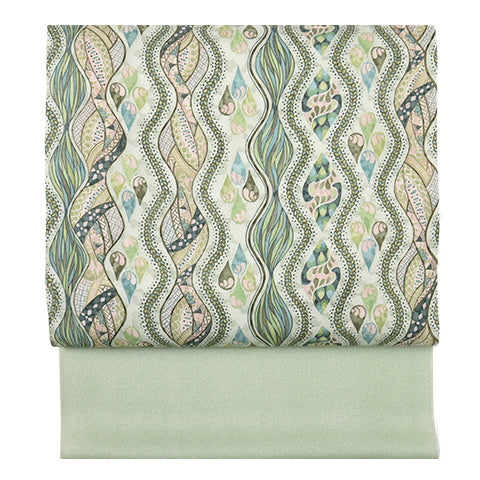 名古屋帯
名古屋帯
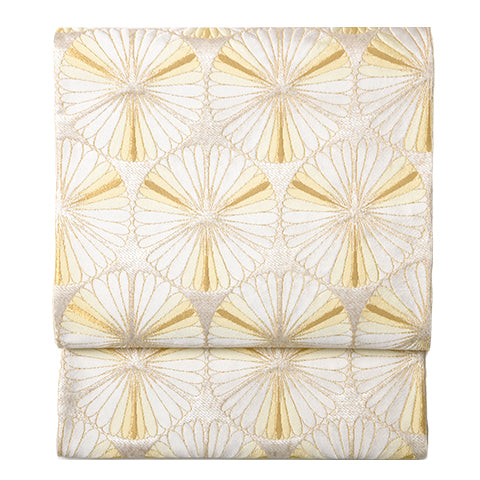 袋帯
袋帯
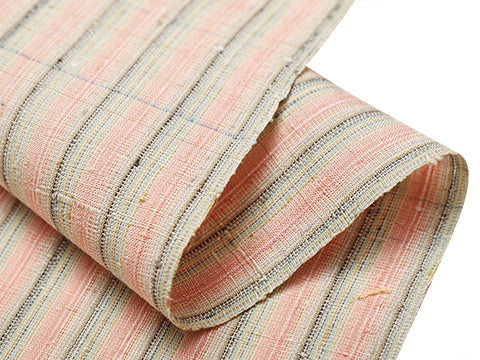 紬・綿・自然布
紬・綿・自然布
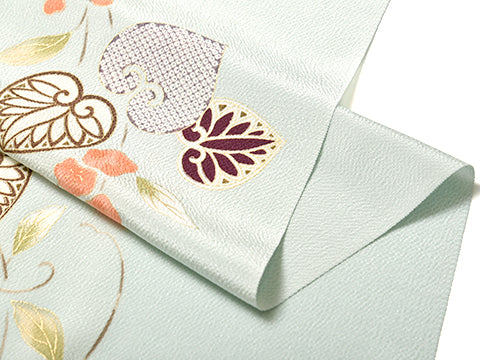 小紋・江戸小紋
小紋・江戸小紋
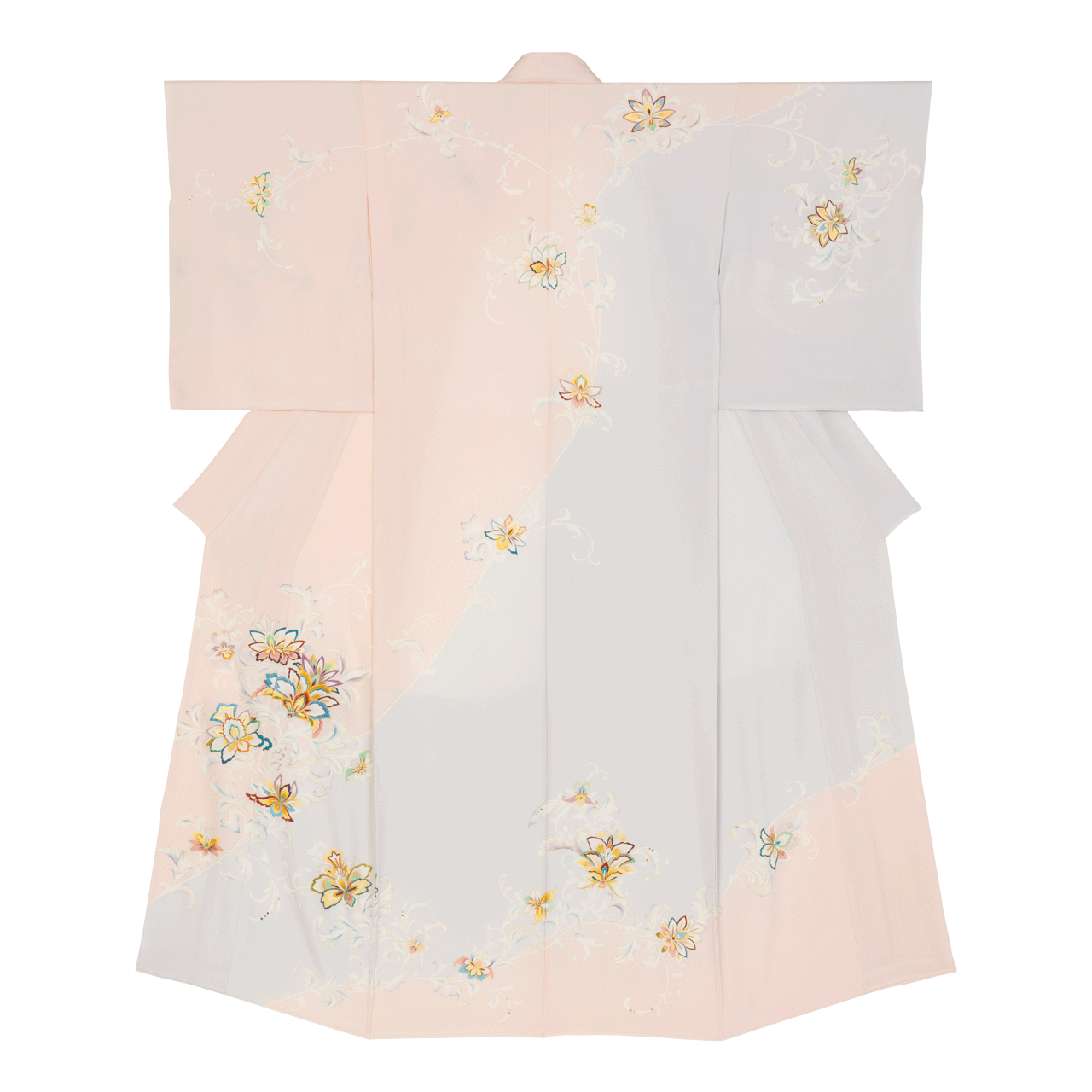 訪問着・付下げ・色無地ほか
訪問着・付下げ・色無地ほか
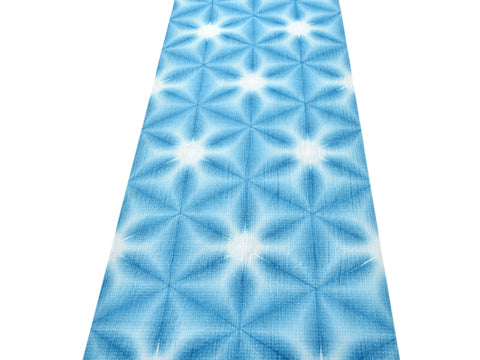 浴衣・半巾帯
浴衣・半巾帯
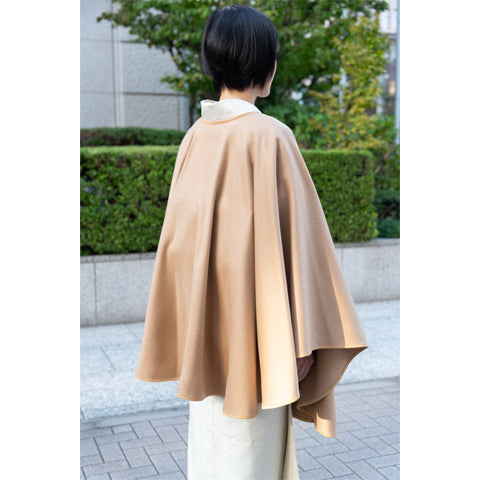 羽織・コート
羽織・コート
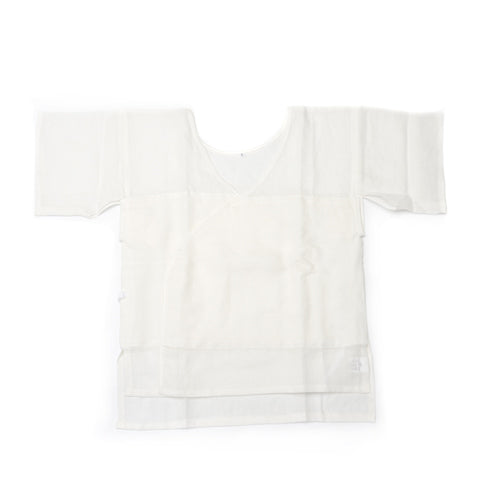 肌着
肌着
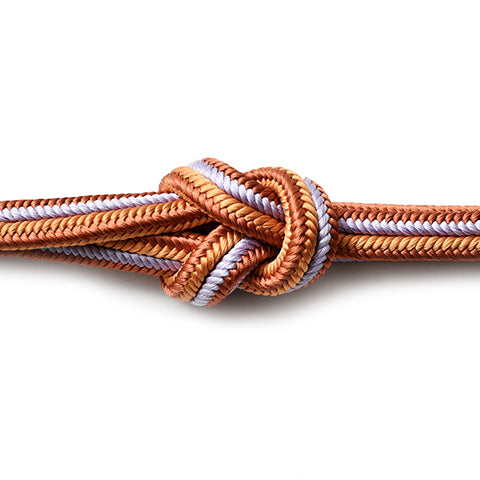 小物
小物
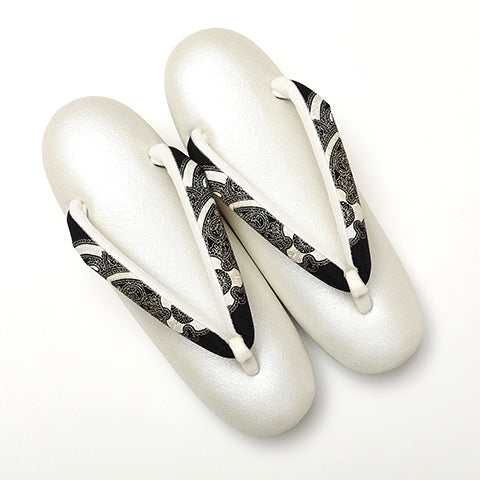 履物
履物
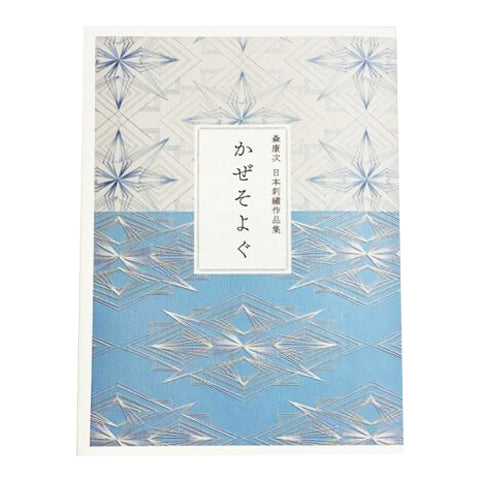 書籍
書籍
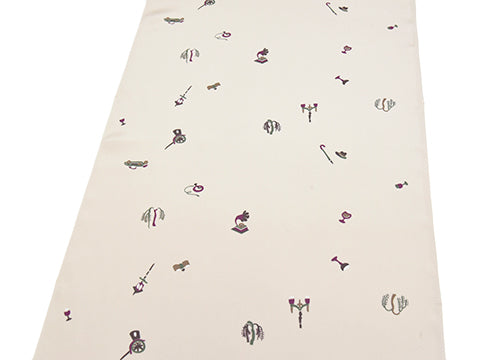 長襦袢
長襦袢
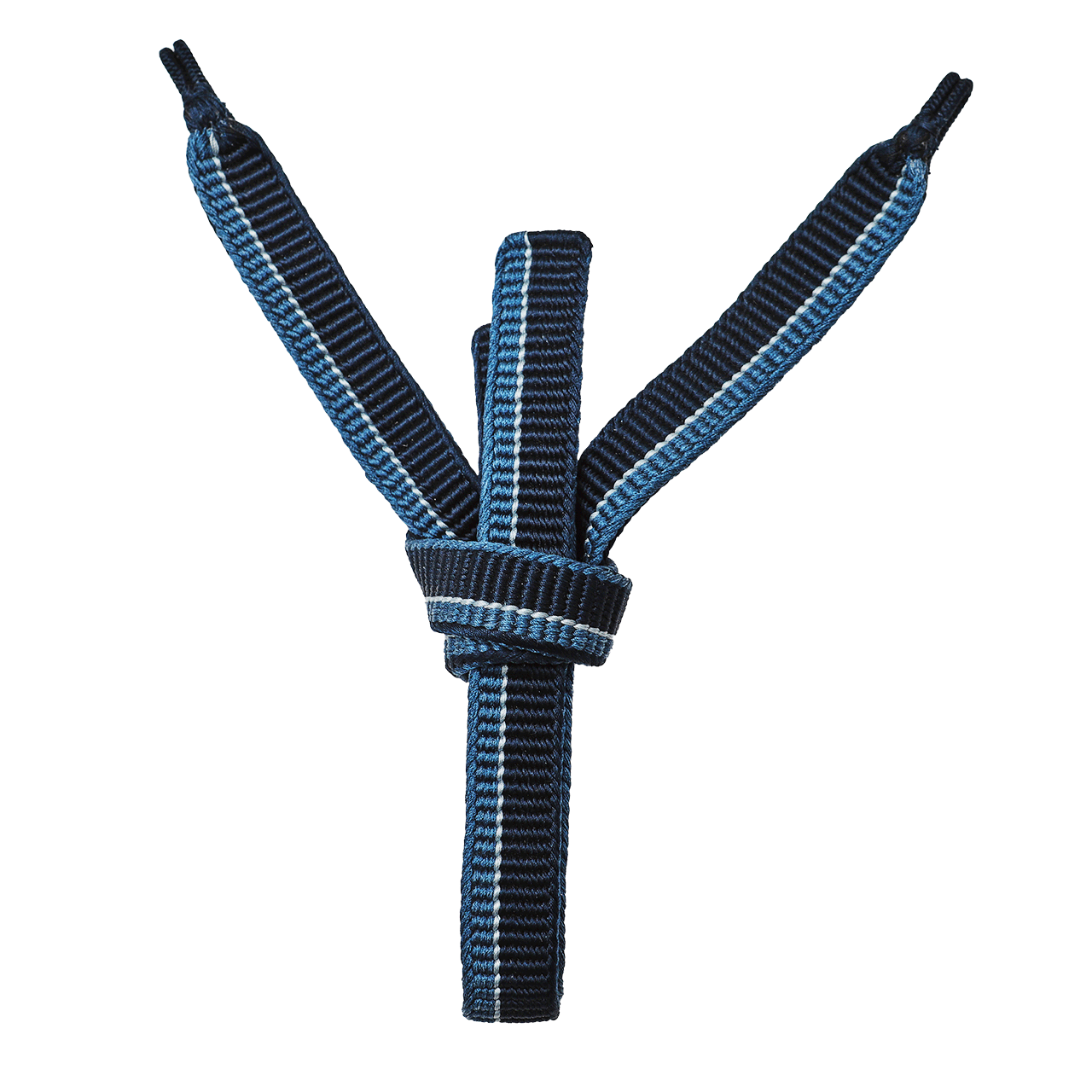 小物
小物
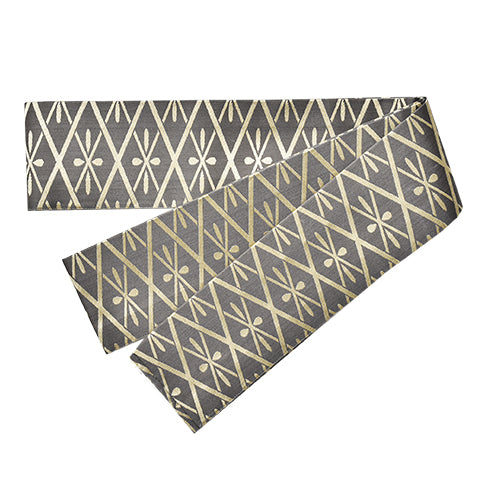 帯
帯
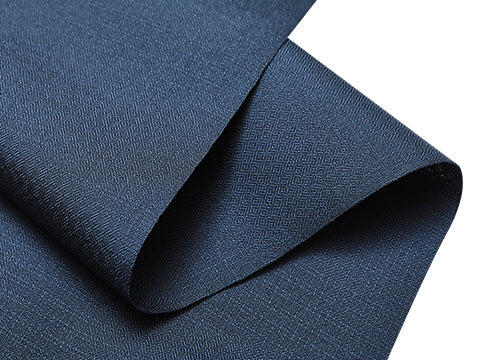 お召
お召
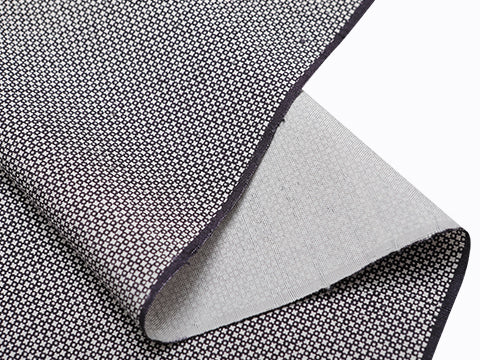 小紋・江戸小紋
小紋・江戸小紋
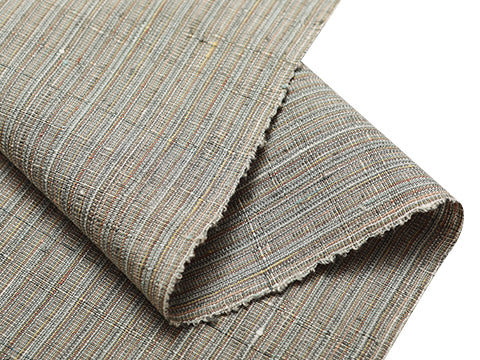 紬・綿・自然布
紬・綿・自然布
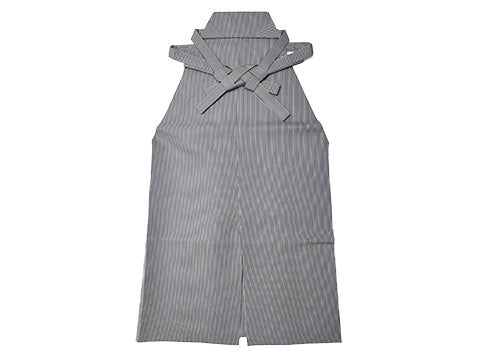 袴
袴
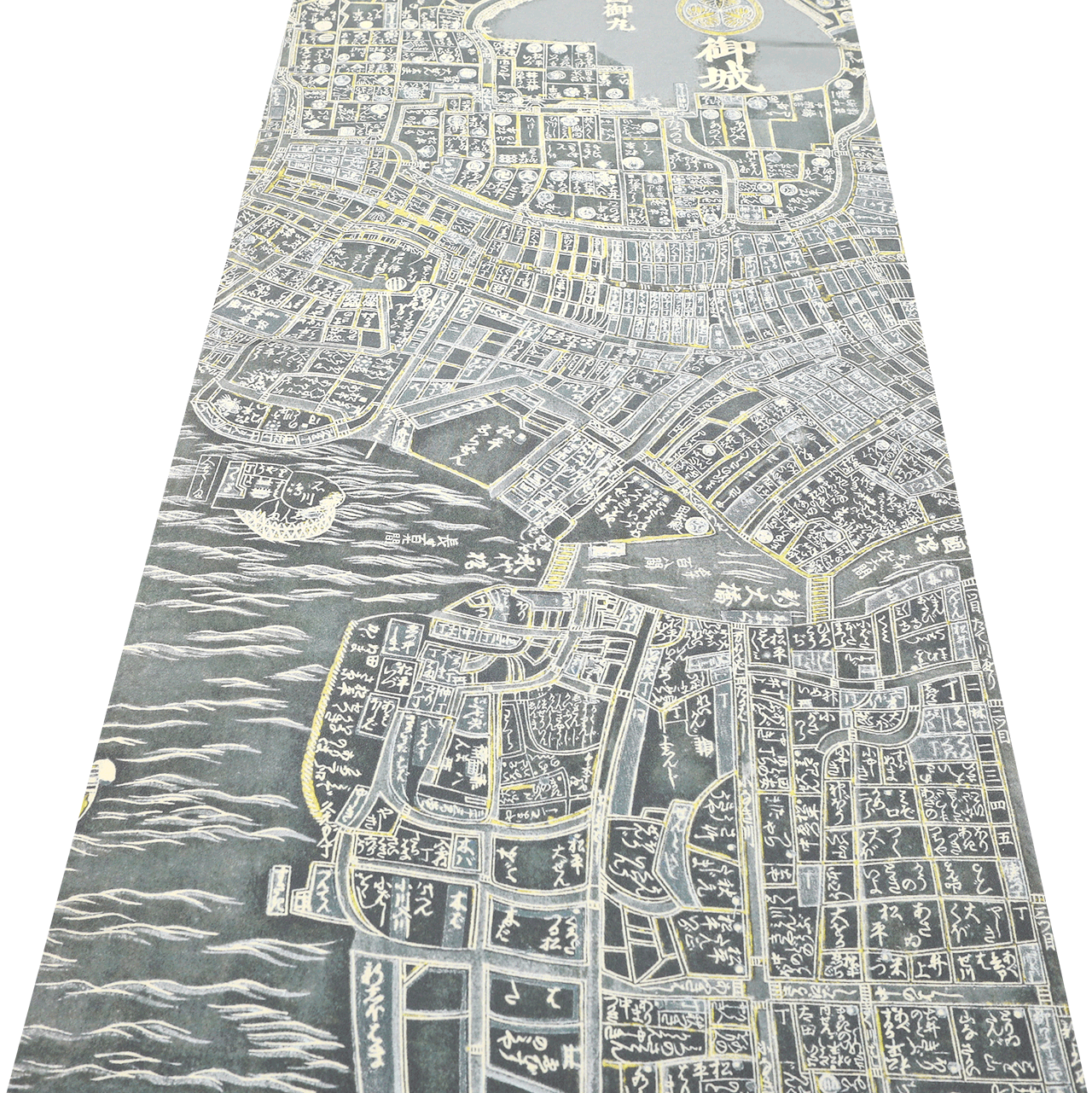 長襦袢
長襦袢
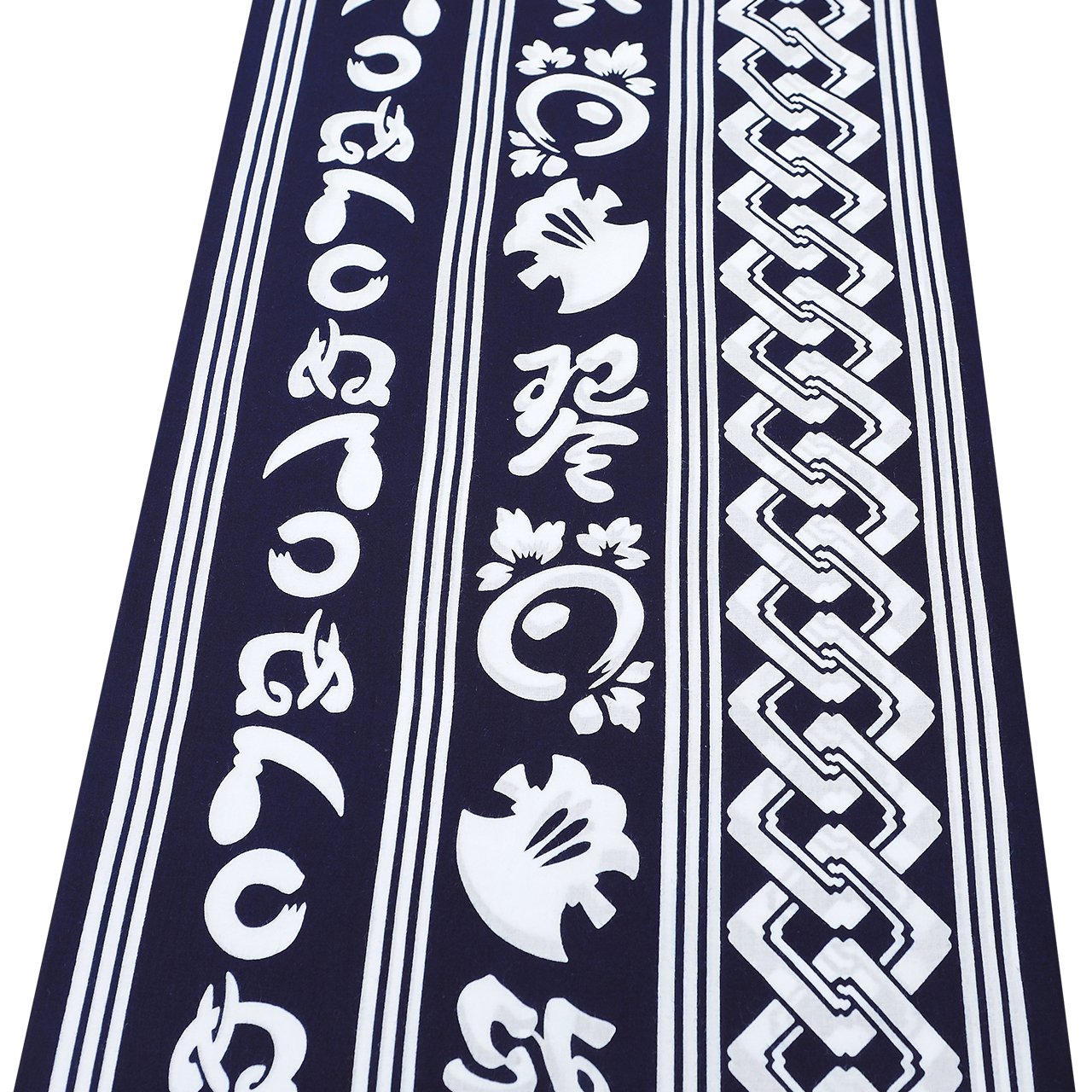 浴衣
浴衣
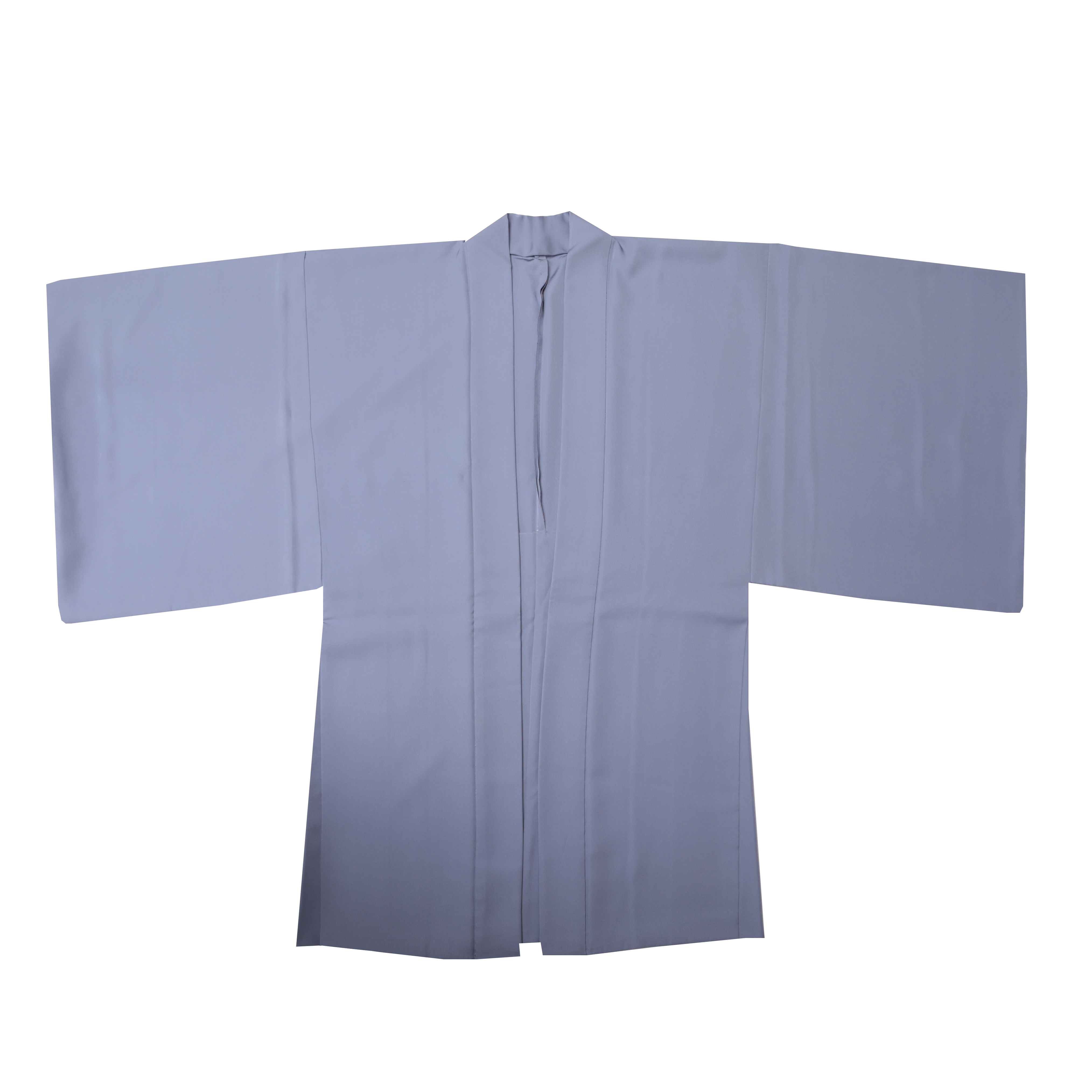 羽織・コート
羽織・コート
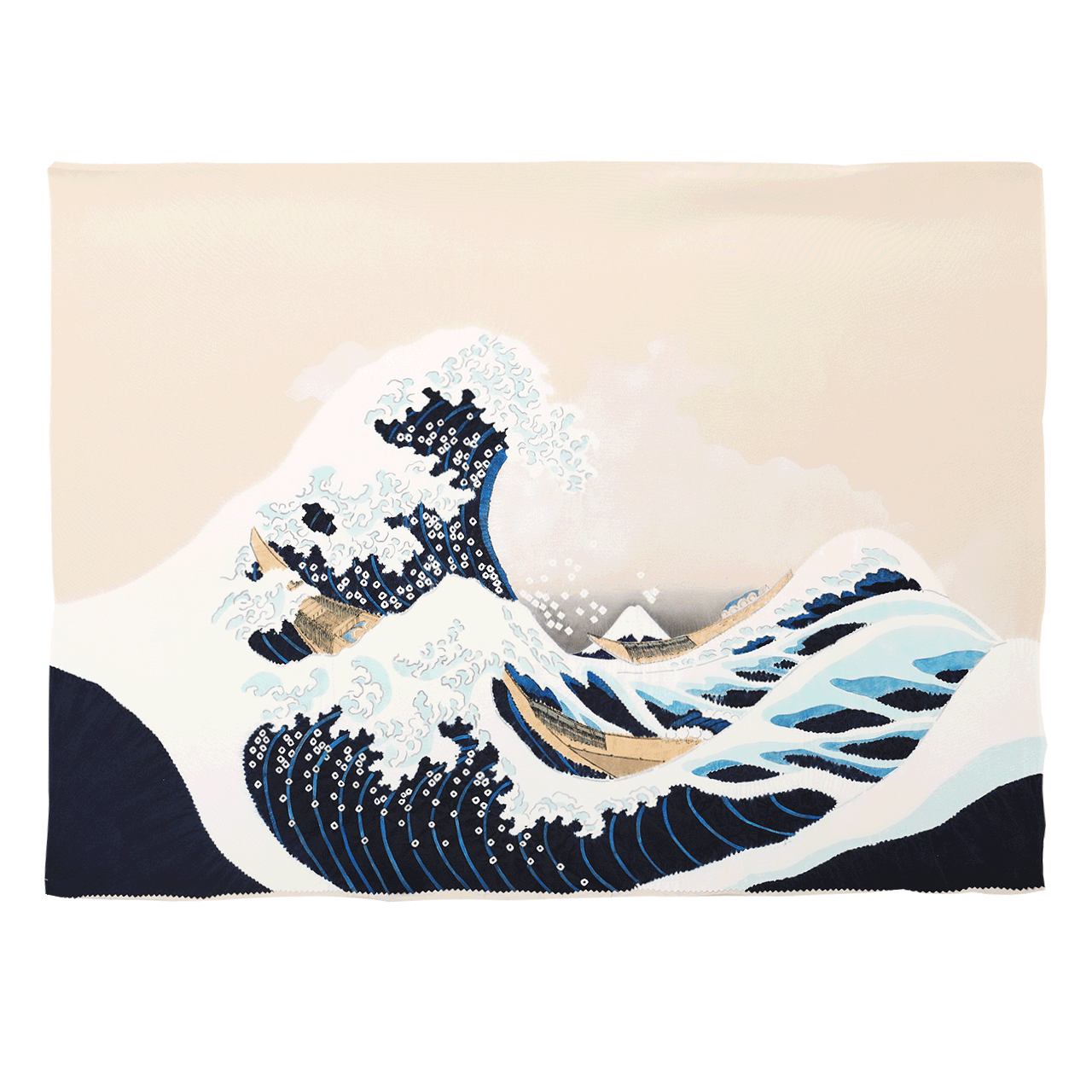 額裏
額裏
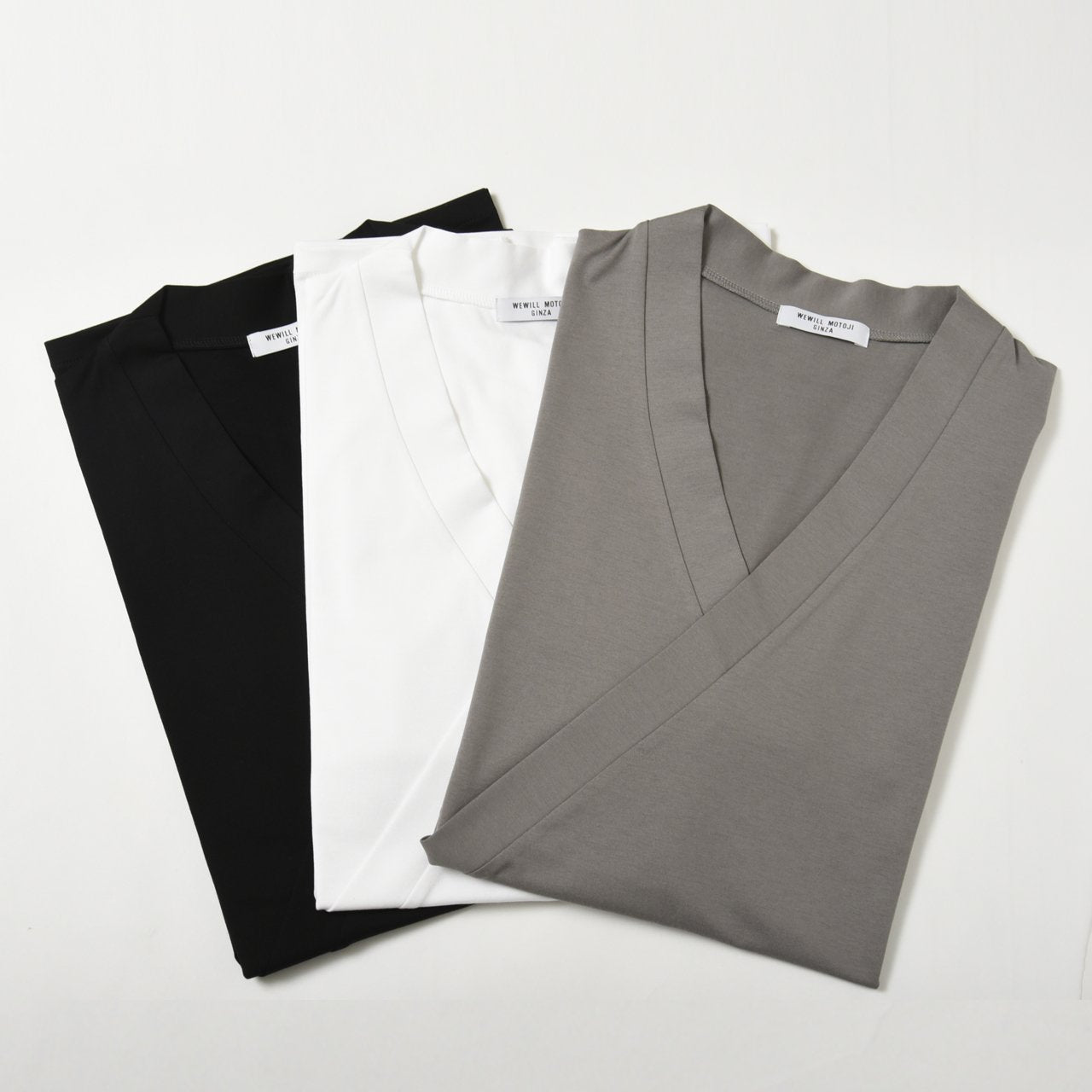 肌着
肌着
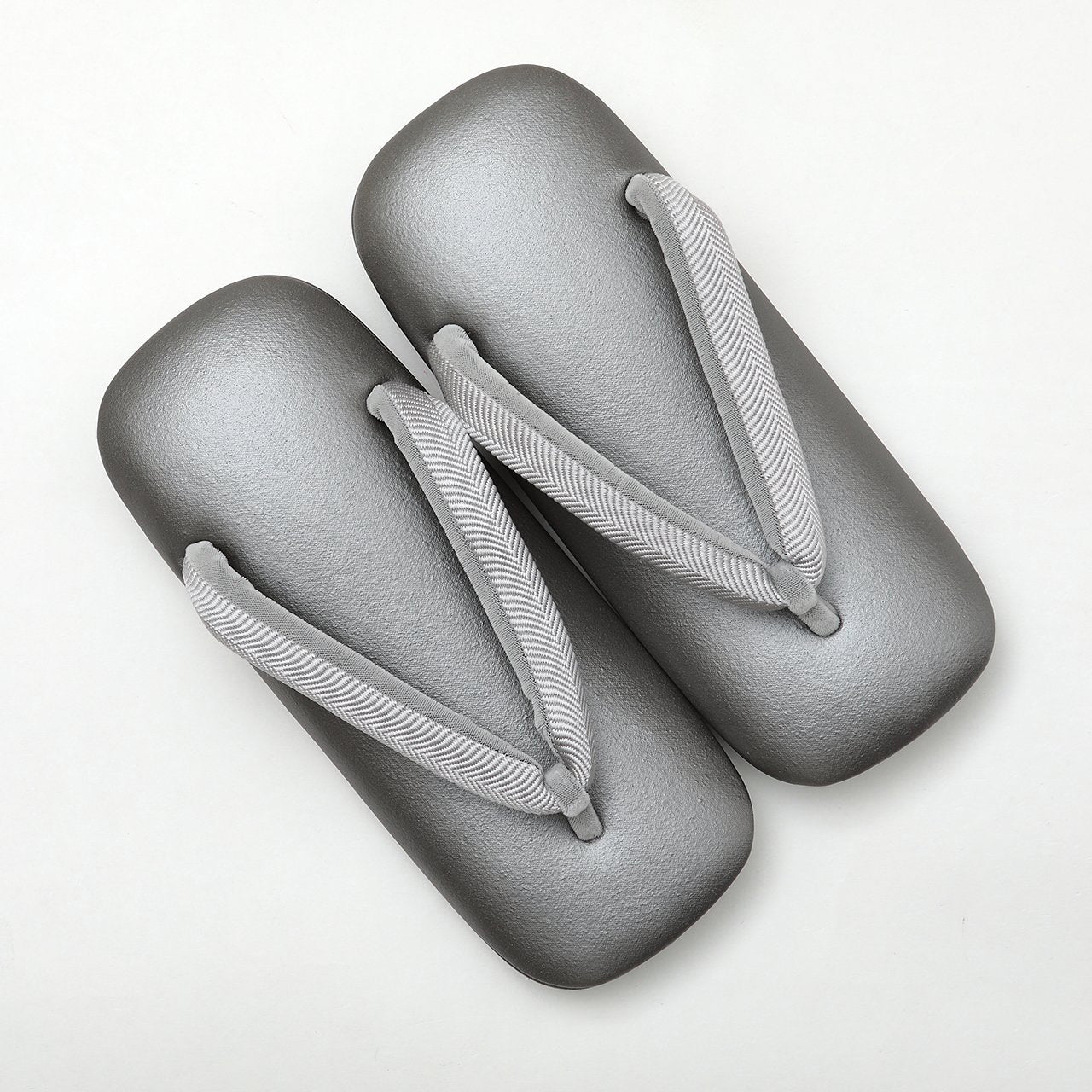 履物
履物
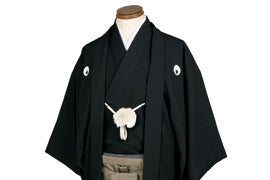 紋付
紋付
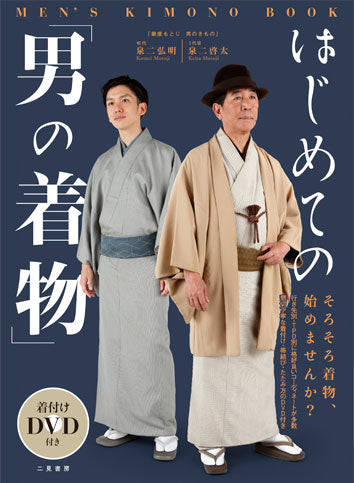 書籍
書籍
